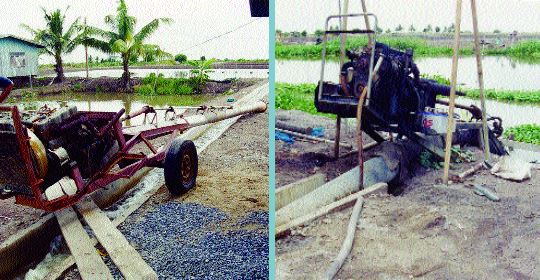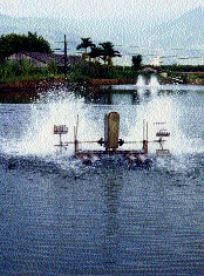6.2 Management of the grow-out phase
This section of the manual briefly introduces some general principles of aquaculture farm management. In doing so, it draws heavily upon some other FAO manuals on the management of ponds and water (FAO 1996) and fish (FAO 1998). A simple manual on small-scale freshwater fish farming (FAO 1994) is also available. You are strongly recommended to obtain and read these publications before commencing operations on your prawn farm.
This section of this manual concentrates on matters which are specific to the management of freshwater prawn farming and is based on the original FAO manual on this topic, supplemented with material extracted from Boyd and Zimmermann (2000), D’Abramo and New (2000), Johnson and Bueno (2000), Karplus, Malecha and Sagi (2000), Tidwell and D’Abramo (2000), Valenti and New (2000) and Zimmermann and New (2000). Information is provided on the management of the monoculture of freshwater prawns (at various levels of intensity in different climatic zones), as well as their polyculture with other aquatic species and its integration with other types of farming. Harvesting is dealt with later, in a separate section.
Figure 60
Long-tail pumps are easily available in Thailand
Figure 61
Long-tail pump being used to lift water from a Thai irrigation canal into a supply channel for freshwater prawn ponds (this type of pump can also be used to drain ponds by pumping)

SOURCE: HASSANAI KONGKEO SOURCE: HASSANAI KONGKEO
Figure 62
Using paddlewheel aerators keeps the dissolved oxygen level high enough to increase stocking levels

SOURCE: CLAUDE BOYD
SIZE VARIATION
The management of size variation is an extremely important aspect of growing freshwater prawns, because of the uneven growth rate of individual prawns, especially males, known as HIG. If you are going to be able to grow prawns in your ponds which have the maximum marketable value and the highest total production rate, it is essential that you understand this topic properly. For this reason a special annex to this manual has been prepared (Annex 8) and you are encouraged to read it carefully.